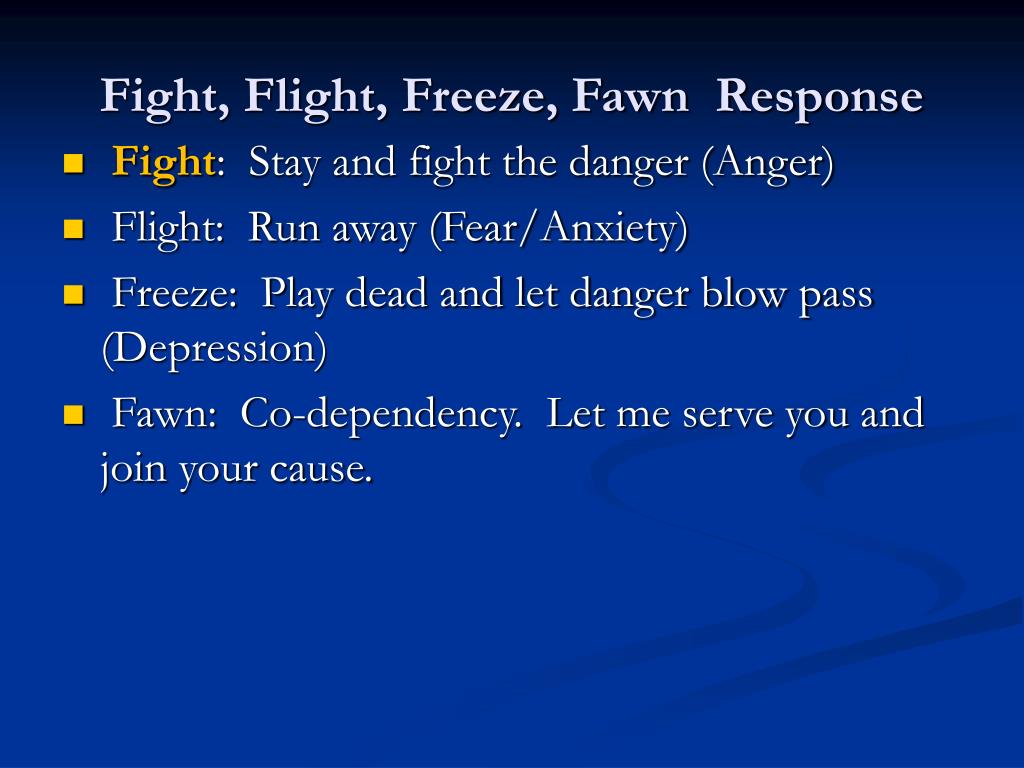
We need an outlet for our emotions, but having emotions can be sooo off-putting, right? So we unload them onto people we aren’t yet invested in, that we won’t see again, or where a safe distance (like on social media) is in place. Here’s a frightening Facebook SOS - I mean, status. Oh, here’s a Twitter thread about the worst thing that ever happened to me. Which is why people we’ve just met can suddenly become as intimate as a best friend in a single conversation (and why I became a blogger, let’s be real).Ī kind stranger in a bar? Sure, I’ll tell you all about my trauma. On the other hand, distance makes it easier to have feelings, too. You want to make those closest to you happy, which means you’re reluctant to open up when you’re struggling - so you only do so when you’re on the brink of totally breaking down, because you’ve held it all in for far too long. This might seem paradoxical, but it’s not, if you really think about it. You’re either spewing emotions out of nowhere or unloading them onto distant strangers. If it sounds familiar, you, my friend, probably know a thing or two about fawning.ģ. I’m going to share seven struggles that a lot of us seem to experience as people-pleasers. I can only speak from personal experience, but there are a number of commonalities among “fawn” types that I think are worth noting.
FIGHT FLIGHT FREEZE FAWN CPTSD HOW TO
It resonated with so many you, and since then, I’ve gotten a lot of questions on how to recognize this type of response in ourselves, particularly in our day-to-day interactions.


Often times, it stems from traumatic experiences early on in life, as I described in last month’s article. It’s a maladaptive way of creating safety in our connections with others by essentially mirroring the imagined expectations and desires of other people. In a nutshell, “fawning” is the use of people-pleasing to diffuse conflict, feel more secure in relationships, and earn the approval of others. The term was first coined by therapist and survivor Pete Walker, who wrote about it in his groundbreaking book “Complex PTSD: From Surviving to Thriving.” And let me tell you, as a concept, it thoroughly changed the game for me. Recently, I wrote about the fourth type of trauma response - not fight, flight, or even freeze, but fawn. You’ve heard of fight or flight, but have you heard of ‘fawning’?


 0 kommentar(er)
0 kommentar(er)
